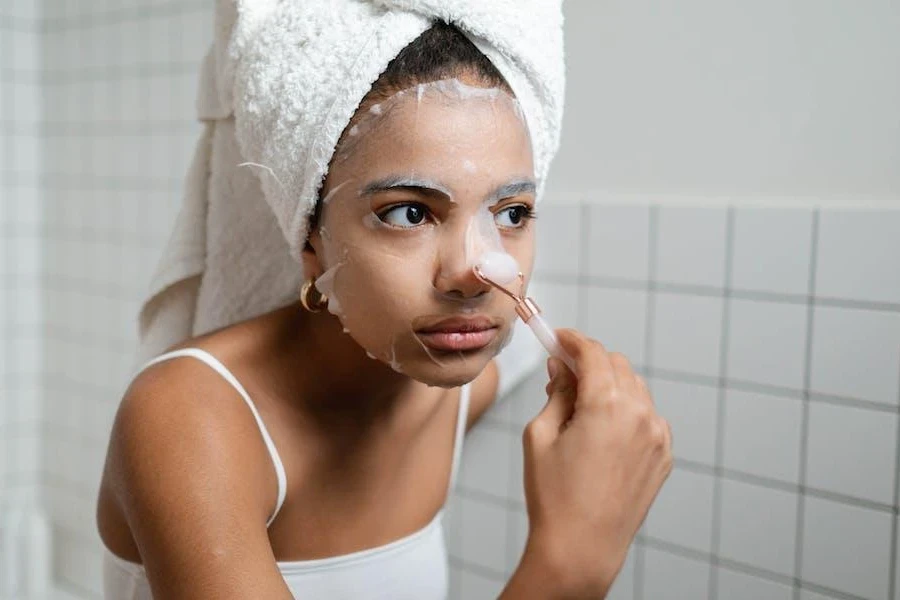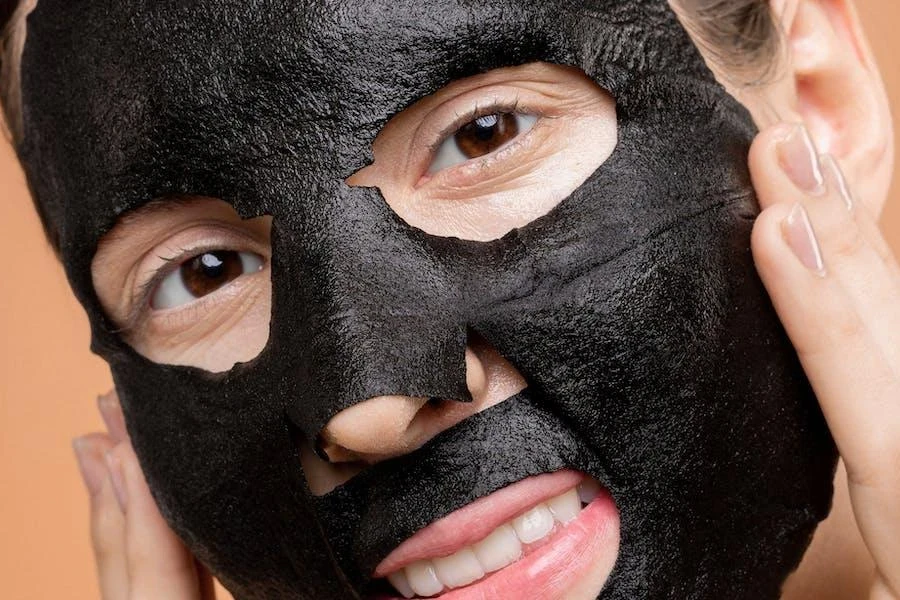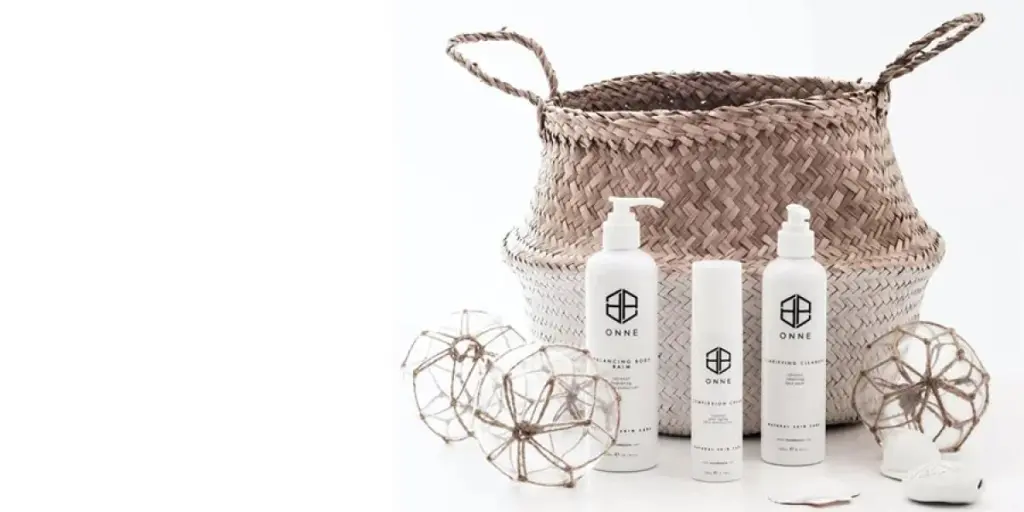Facial masks have a long, rich history in the beauty world. From Cleopatra VII’s gold and egg white mixture to the first hydrogel mask in 2009, facial masks have evolved from supplementary skincare to beauty essentials.
However, hydrogel is far from the only material manufacturers use to make these face masks. The market is packed with variety, especially owing to the rising popularity of K-beauty products world wide.
Keep reading for a brief overview of the facial mask market, and discover five facial mask materials worth stocking up on in 2024.
Table of Contents
The state of the facial mask market
Facial mask materials: The top 5 to sell in 2024
Rounding up
The state of the facial mask market
Experts expect the global facial mask market to reach USD 447.7 million by 2025, predicting it will grow at an 8.2% compound annual growth rate (CAGR) over the forecast period. The market’s drivers include the rising awareness of facial mask benefits (skin hydration and anti-aging) and surging demand for Korean beauty products.
The hectic lifestyle of consumers is another factor predicted to propel facial mask demand over the forecast period. What’s also notable about the facial mask market is that:
- Cotton generated the largest market share in 2022 due to its soft and porous nature. However, bio-cellulose masks are gaining enough momentum to take over during the forecast period due to their better performance.
- Experts also predict hydrogel masks will register significant growth over the forecast period.
- Asia Pacific is the dominant regional market due to high product consumption from countries like South Korea and China. North America will also experience the fastest growth over the forecast period.
Facial mask materials: The top 5 to sell in 2024
Cotton facial masks
Cotton is one of the most common materials for facial masks. Such masks are hypoallergenic, meaning they won’t irritate the skin. And they can hold a good amount of serum when consumers wear them for their beauty routines.
Cotton facial masks are also very soft. In addition to fitting well on the face, they’re incredibly breathable, allowing air and moisture to move freely. That way, the skin will stay moisturized and comfortable while the sheet mask is on.
Speaking more on their hypoallergenic properties, cotton facial masks have a soothing effect on the skin, making them ideal for calming irritated or inflamed skin. These masks can also help reduce redness while providing a cooling sensation.
Some cotton facial masks even come with gentle exfoliating agents that help remove dead skin cells and promote cell turnover. The results? A smoother, brighter, and more youthful complexion. The best part is cotton is generally more affordable than other materials, making it the go-to for daily masks.
Hydrogel facial mask

When Genic graced the world with the first hydrogel mask in 2009, it flipped the beauty scene over its head. Everyone was clamoring for one, pushing companies to make even more hydro gel masks to meet the demand. Although the craze has since died down, hydrogel remains one of the best materials for facial sheet masks.
While hydrogel is not a natural material, manufacturers combine natural polymers, including water, glycerin, and hydrocolloids, to make the material. This combination gives it the famous gel-like structure that gives the skin deep hydration and nourishment.
Typically, hydrogel masks are highly absorbent (way more than cotton). So they can soak up all the serum, preventing it from running down or evaporating easily. Their porous nature also ensures they effectively deliver active ingredients to the skin.
Speaking of active ingredients, hydrogel masks are often infused with hyaluronic acid, aloe vera, green tea extracts, and Vitamin C/E. These ingredients help them improve the appearance of fine lines/wrinkles, reduce inflammation, and brighten complexion.
Tencel facial mask
With the world shifting toward eco-friendly practices, materials like Tencel easily grab the spotlight. Tencel is a sustainable synthetic fiber obtained from trees. It’s popular for its softness and hypoallergenic nature, making it even suitable for baby clothing.
What’s more, Tencel facial masks have excellent skin compatibility and high air permeability. All kinds of consumers will feel extremely comfortable when using them for their daily beauty routine.
Even better, Tencel facial masks offer impressive cooling and calming effects, making them particularly beneficial for consumers with sensitive or irritated skin. Why is this material eco-friendly? Well, Tencel face masks are biodegradable and compostable, making them a great option for consumers hoping to reduce their environmental impact.
But wait, there’s more! Tencel fibers also have a high moisture absorption capacity, allowing them to hold up to 20 times their weight in water. For this reason, they’re ideal for vitalizing dry or exhausted skin.
Biocellulose mask
Biocellulose masks are on the premium side of facial masks. Manufacturers synthesize them from 100% natural fibers, with each strand being 1000 times thinner than human hair! For this reason, biocellulose masks easily deliver maximum results to every inch of the skin.
These masks also have the best moisture retention. Biocellulose masks can hold serums (or water) up to 100 times their weight, making them an excellent material for dry skin. The thin fibers are simply better at attracting and retaining moisture.
Biocellulose masks also adhere to the skin tightly. They have an excellent fit so consumers can focus on their daily tasks without worrying about the masks slipping or sliding. These tiny fibers are also eco-friendly, allowing users to enjoy premium products while reducing their environmental impact.
Charcoal masks

Nowadays, one can find activated charcoal in almost every beauty product, from cleansers to soaps. However, they offer special properties when used in facial masks, which is one of the reasons why consumers love them.
Charcoal masks are quite different from other facial masks. Instead of washing or peeling off easily, they cling to the skin, helping to pull out blackheads, hair, dead skin, and other pore-clogging criminals. Charcoal masks are also the best options for detoxifying the skin’s surface.
However, these masks are not the best for consumers with sensitive skin or certain conditions. Sometimes, they can cause excessive skin peeling, resulting in very painful experiences or permanent skin damage.
Regardless, active charcoal’s ability to absorb toxins and bacteria from the skin makes it one of the best ingredients for face masks.
Rounding up
Facial masks didn’t start as an essential beauty product. Some people saw them as uncomfortable due to their non-woven fabric history, and consumers had to lie down to use them effectively. However, the market changed after 2009 saw the first hydrogel mask hit the shelves.
Now, a huge chunk of people love facial masks due to the material variety—they’re also starting the year with 110000 searches (based on Google Ads). The five top ones to grab in 2024 include cotton, hydrogel, Tencel, biocellulose, and charcoal facial masks.




